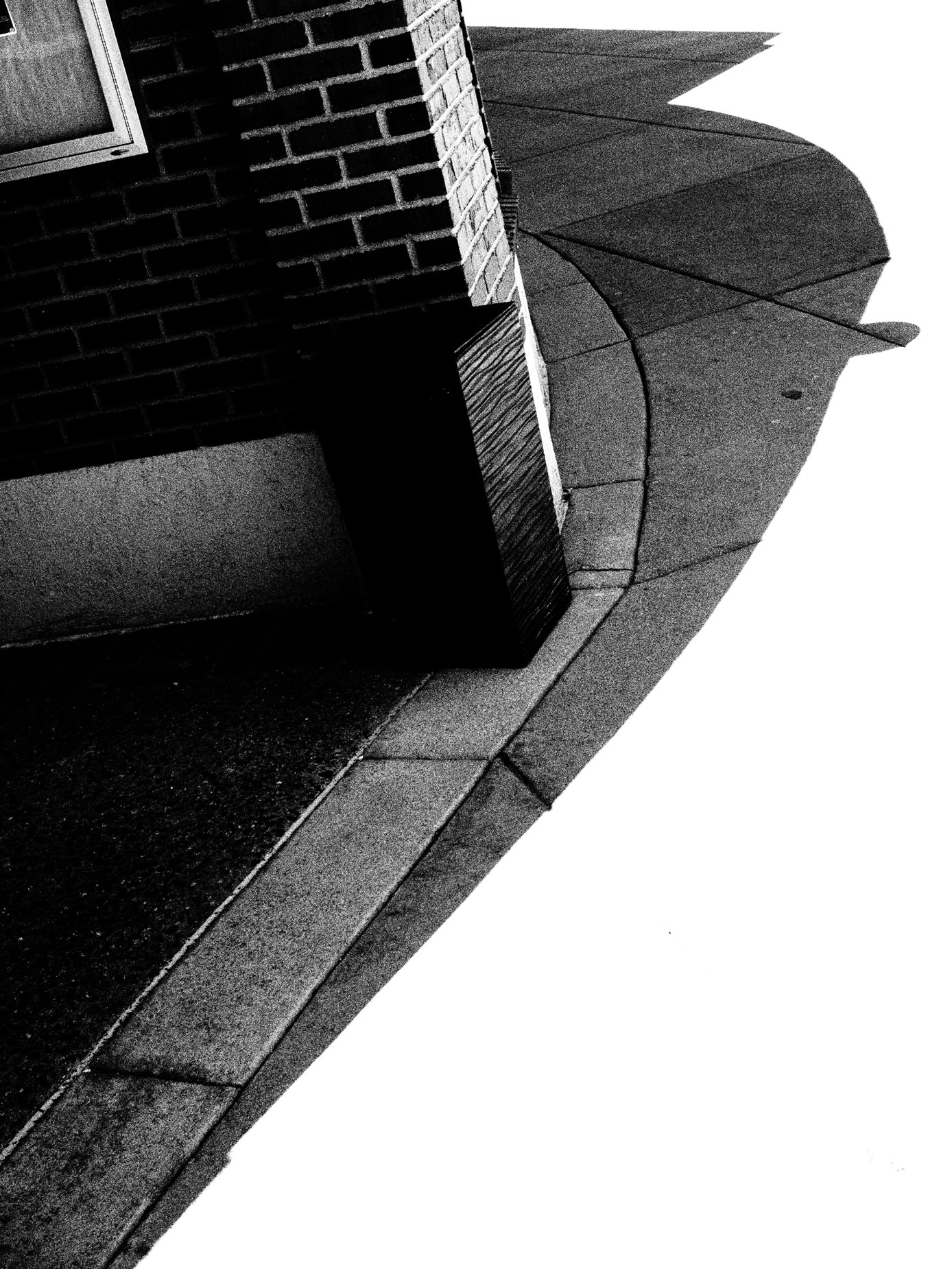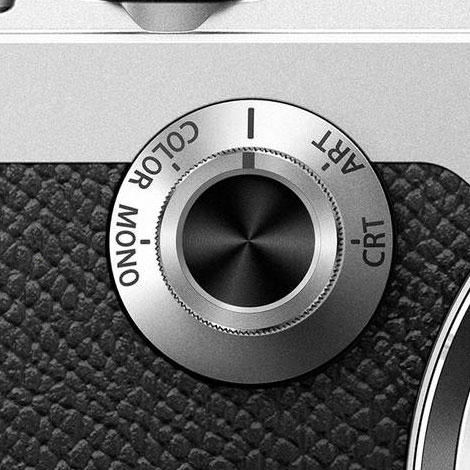The term High Dynamic Range (HDR) refers to the range of luminosity between the brightest area and the darkest areas of a scene that’s depicted in a photograph. It also refers to the set of imaging technologies and techniques that allow the dynamic range of a captured image to be increased beyond a camera’s native capability.
Today’s Post by Joe Farace
Photography is still a very new medium and everything must be tried… photography has no rules. It is not a sport. It is the result which counts, no matter how it is achieved.—Bill Brandt
I first encountered the work of Bill Brandt when I was a student at the Maryland Institute, College of Art in Baltimore when my teacher, the legendary Jack Wilgus, introduced us to his photographs. Although I greatly admired his work at the time, I hadn’t thought much about it until recently when watching a YouTube video from Yorkshire Photo Walks about Low Dynamic Range that featured some of his images. That’s when my eyes really opened up as another way of looking at tonality. So I knew I just had to give LDR a try.
 What’s Low Dynamic Range? The term refers to a photograph where there is a smaller difference between its brightest and darkest parts. In other words, it’s the opposite of HDR, something that’s hinted at in my recent podcast with Barry Staver. Photographs that are made with low dynamic range may display blown-out highlights (areas of pure white with no detail) or blocked-up shadows (black areas with no detail.) This approach to making images results in a lack of tonal variation that has caused some people to think it can make a photograph “feel flat or uninteresting.” But does it? I’ll agree with Bill Brandt any day that the impact of a LDR image doesn’t necessarily have to be lacking in interest.
What’s Low Dynamic Range? The term refers to a photograph where there is a smaller difference between its brightest and darkest parts. In other words, it’s the opposite of HDR, something that’s hinted at in my recent podcast with Barry Staver. Photographs that are made with low dynamic range may display blown-out highlights (areas of pure white with no detail) or blocked-up shadows (black areas with no detail.) This approach to making images results in a lack of tonal variation that has caused some people to think it can make a photograph “feel flat or uninteresting.” But does it? I’ll agree with Bill Brandt any day that the impact of a LDR image doesn’t necessarily have to be lacking in interest.
An LDR PhotoWalk
For this experiment, I used my Olympus Pen F because it has a knob of its front that let’s me easily switch between color and black and white as well as Oly’s Art Filters that some people seem to hate Me? I like to use them—occasionally. (There’s also a Color Creator setting (CRT) that lets you adjust an image’s overall color using a combination of 30 hues and
saturation levels. This is next on my checklist of things to try.) The lens I chose was the M.Zuiko 25mm f/1.8 that produces the same angle-of-view as a 50mm lens. There are no DxO ratings for this lens, in case you wondered, but my experience with it showed it to be quite sharp.
 It was a bright and contrasty day. so I set out for Downtown Parker, Colorado and walked up and down Mainstreet specifically looking at shadows for some inspiration. Instead of using the camera’s black and white mode, I chose the Grainy Film Art Filter that features slightly more contrast along with simulated film grain to go all-in on doing an homage to Bill Brandt’s work. Exposure for the original image was 1/500 sec at f/5 and ISO 320.
It was a bright and contrasty day. so I set out for Downtown Parker, Colorado and walked up and down Mainstreet specifically looking at shadows for some inspiration. Instead of using the camera’s black and white mode, I chose the Grainy Film Art Filter that features slightly more contrast along with simulated film grain to go all-in on doing an homage to Bill Brandt’s work. Exposure for the original image was 1/500 sec at f/5 and ISO 320.
The images looked great on the camera’s LCD screen but when I looked at them afterwards on my 5K iMac’s screen there was not as much contrast as I would have liked. In the future, I’ll try the Grainy Film II setting. After loading the image into Photoshop, I used Vivenza and pushed it’s Contrast slider all the way to its max setting but that was still not enough to achieve the LDR look I was after. So I used Photoshop’s Curves function to further boost the contrast of the Vivenza image layer to achieve the result you see here.
Did I accomplish my goal of creating an homage to Bill Brandt? Not 100% but I tried and I want to give it another shot in a more urban and less suburban area to, you know, se what happens.